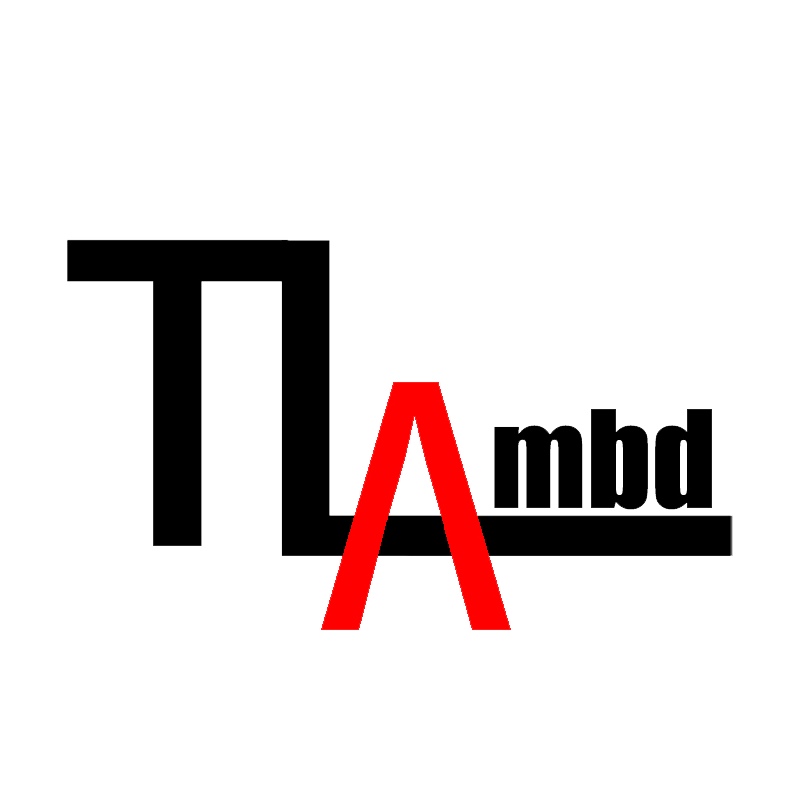Laser marking machine: start a new journey of high precision and durability for industrial marking
As the core equipment of modern industrial marking technology, laser marking machines are reshaping the marking process of the manufacturing industry with their advantages of high precision, non-contact, and durability. The following is an analysis of its innovation from three dimensions: technical principles, application scenarios and industry value:
1. Technological breakthroughs: Why has laser marking become the benchmark for industrial marking?
Physical level marking
Oxidation, engraving or discoloration on the surface of the material through a high-energy laser beam to form a long-lasting mark (depth up to 0.01mm), compared with traditional ink inkjet coding or mechanical engraving, no consumables, anti-wear, and the life is synchronized with the product itself.
Micron-level accuracy
Fiber/UV lasers can achieve fine marking with a line width of 20μm, which is suitable for ultra-fine scenarios such as microelectronic components (such as PCB board chip marking) and medical devices (surgical instrument scales).
Intelligent adaptability
With the CCD visual positioning system, it can automatically identify the position deviation of the workpiece and dynamically adjust it, achieving a repeat positioning accuracy of ±0.05mm on the auto parts assembly line.
2. Application scenarios: full coverage from heavy industry to consumer electronics
Aerospace
Titanium alloy parts need to withstand special environments, and the laser marked QR code/serial number passes the salt spray test for 72 hours without falling off, meeting TS16949 traceability standards.
New energy batteries
Production batches (5 characters per second) are marked on the aluminum shell of the battery cell without thermal stress deformation and avoid the risk of separation caused by traditional mechanical extrusion.
Food packaging
UV-cooled laser marks PET bottle caps, zero pollution passed FDA certification, and reduced downtime and cleaning time by 90% compared to ink coding.
3. The value of industrial upgrading: efficiency and sustainability are both driven
Cost refactoring
A single 30W fiber laser marking machine can replace 3 traditional pneumatic marking machines, reducing power consumption by 60% and maintenance cost by 80% (no nozzle clogging/ink replacement problem).
Digital closed loop
It is directly connected to the MES system to change the marking content (such as the dynamic batch number of vaccine packaging) in real time to achieve the full life cycle management of "one thing, one code".
Green manufacturing
No chemical solvent emissions, EU CE certified Class 1 laser safety level, working noise < 65dB, suitable for dust-free workshop environment.
Future trend: composite processing and intelligent integration
The next-generation laser marking machine will integrate functions such as cleaning and welding (such as cleaning the oxide layer before marking), and integrate AI quality inspection modules to complete defect detection (scratches/dimensional deviations) while marking, promoting the evolution of industrial marking from a single process to an intelligent manufacturing node.
The core advantage of laser marking machines is non-contact permanent marking, which combines high precision, high efficiency and environmental protection, and can adapt to most industrial and commercial marking scenarios.
Its specific advantages can be divided into 5 core dimensions:
Marking effect and durability: marked as physical/chemical changes (non-ink adhesion), with waterproof, scratch-resistant, anti-corrosion characteristics, and still clear in harsh environments (high temperature, friction), which can meet the needs of product life cycle traceability.
Accuracy and flexibility: It can mark as small as 0.01mm of subtle patterns (such as QR codes, tiny text), support the generation of arbitrary vector graphics, text, and serial numbers, and only need to modify software parameters to switch the marking content, without changing molds or consumables.
Efficiency and cost: The marking speed can reach several meters per second (far exceeding traditional engraving), and there is no consumption of consumables such as ink and solvents, the equipment maintenance is simple (the life of core components exceeds 100,000 hours), and the long-term use cost is much lower than that of inkjet printers and pneumatic marking machines.
Material Adaptability: Compatible with almost all materials, including metals (stainless steel, aluminum, copper), plastics (PP, PVC), ceramics, glass, wood, and even some flexible materials (films), with minimal damage to materials (no mechanical stress, controlled heat-affected zone).
Environmental protection and safety: no fumes, exhaust gases, and waste liquid emissions, meeting environmental protection standards; The laser light path is closed, and with safety protection devices (such as interlocking doors, warning lights), it can effectively prevent operators from being exposed to the laser.

Post time: 09-05-2025





